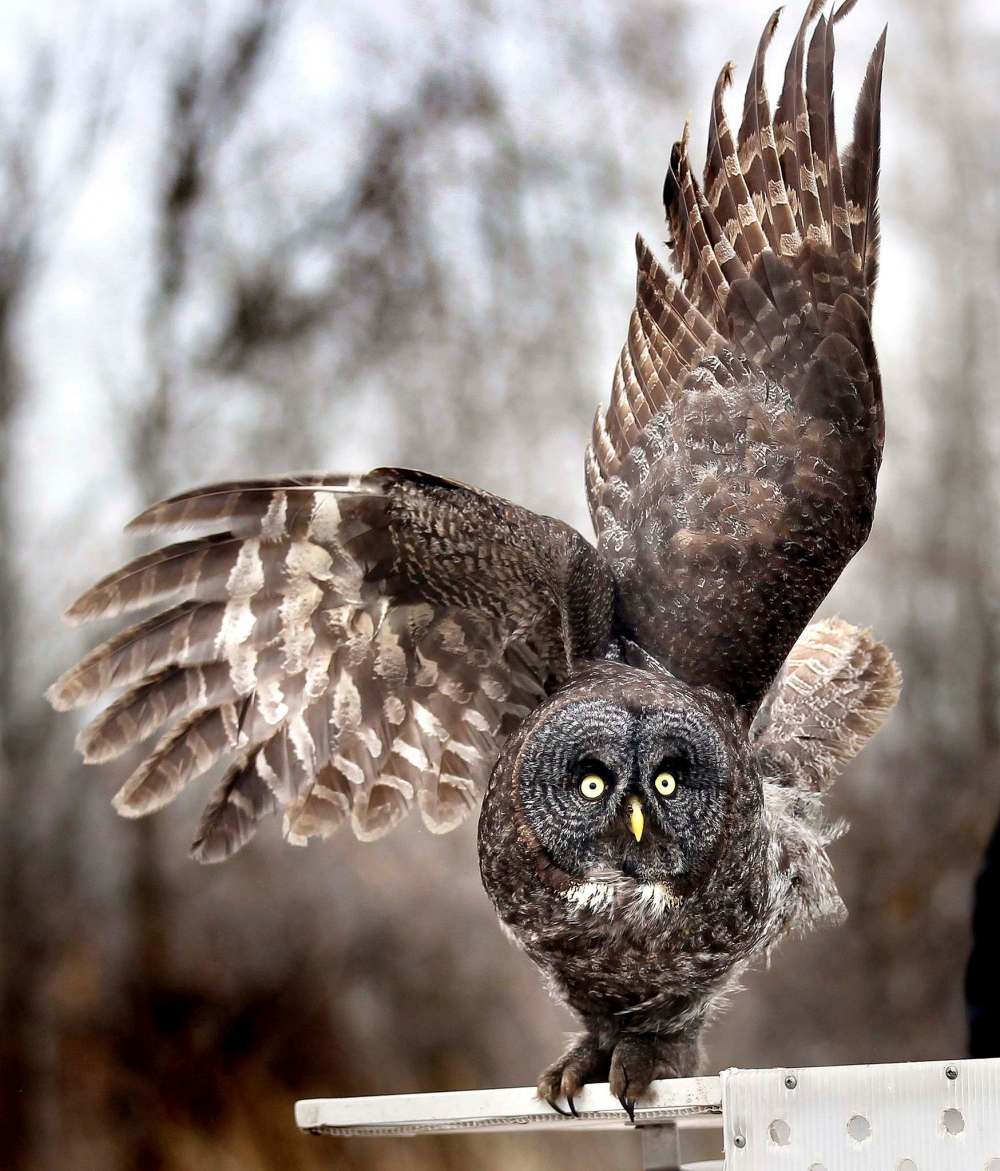U of M biologist links global scientists tracking where the wild things are during pandemic
Advertisement
Read this article for free:
or
Already have an account? Log in here »
To continue reading, please subscribe:
Monthly Digital Subscription
$0 for the first 4 weeks*
- Enjoy unlimited reading on winnipegfreepress.com
- Read the E-Edition, our digital replica newspaper
- Access News Break, our award-winning app
- Play interactive puzzles
*No charge for 4 weeks then price increases to the regular rate of $19.00 plus GST every four weeks. Offer available to new and qualified returning subscribers only. Cancel any time.
Monthly Digital Subscription
$4.75/week*
- Enjoy unlimited reading on winnipegfreepress.com
- Read the E-Edition, our digital replica newspaper
- Access News Break, our award-winning app
- Play interactive puzzles
*Billed as $19 plus GST every four weeks. Cancel any time.
To continue reading, please subscribe:
Add Free Press access to your Brandon Sun subscription for only an additional
$1 for the first 4 weeks*
*Your next subscription payment will increase by $1.00 and you will be charged $16.99 plus GST for four weeks. After four weeks, your payment will increase to $23.99 plus GST every four weeks.
Read unlimited articles for free today:
or
Already have an account? Log in here »
Hey there, time traveller!
This article was published 22/05/2020 (2031 days ago), so information in it may no longer be current.
The impact of coronavirus travel restrictions on wildlife is a hot topic for scientists across the world. A University of Manitoba professor has started her own research on the subject and created a platform for like-minded ecologists to collaborate virtually.
Nicola Koper is a conservation biologist and a professor in the U of M’s Natural Resources Institute. Recently, she launched the C19-Wild Research Group, a website that allows scientists to connect and share knowledge, techniques and findings on similar pandemic-related wildlife studies.
“I think that there is a real effort among researchers right now to avoid competing with each other,” Koper said. “We can put our minds together and come up with better and more robust research than we ever could have done individually.”

So far, the C19-Wild website includes projects on wildlife abundance at a Florida university campus since students were sent home, behaviour changes in urban animals during the pandemic using camera trap footage and the impact of travel restrictions on aquatic and terrestrial ecosystems around the globe.
Koper is looking at data from a birding app to find out how birds across North America are responding to decreases in ground and air traffic.
“Traffic can kill animals directly, but the traffic can also produce exhaust and other pollutants,” she said. “The noise from human activity can have really significant impacts as well — birds will actually sing their song on a different key in the presence of human noise.”
She and a team of researchers from Environment and Climate Change Canada, Carleton University, University of Alberta and Arizona State University are comparing user supplied data from the eBird app between 2017 and 2019 with bird population numbers during the same period this year.
At the moment, Koper said it’s hard to tell if more birds are out because there are fewer cars on the road and planes in the sky or if more people are out recording bird sightings because of the pandemic.
While less travel may have positive effects on bird populations, researchers are also interested in the negatives.
“One of the possible issues we might run into is that predators of birds nests, like foxes and cats, become much more active in some areas because they’re not avoiding roads themselves,” she said.
Koper hopes the researchers involved in C19-Wild will be able to create a broad picture of how human traffic impacts wildlife around the world.
“Maybe we can use that knowledge to improve our ability to live… in a way that allows nature to coexist with humans,” she said.
eva.wasney@freepress.mb.ca
Twitter: @evawasney

Eva Wasney has been a reporter with the Free Press Arts & Life department since 2019. Read more about Eva.
Every piece of reporting Eva produces is reviewed by an editing team before it is posted online or published in print — part of the Free Press‘s tradition, since 1872, of producing reliable independent journalism. Read more about Free Press’s history and mandate, and learn how our newsroom operates.
Our newsroom depends on a growing audience of readers to power our journalism. If you are not a paid reader, please consider becoming a subscriber.
Our newsroom depends on its audience of readers to power our journalism. Thank you for your support.

